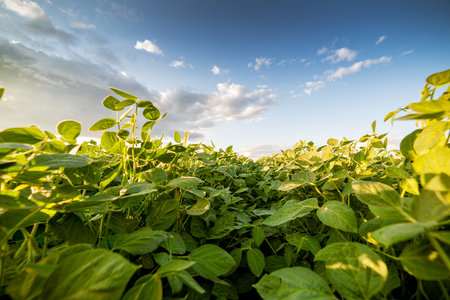The federal government has compiled a list of industry-wide animal and plant heath risks and action plans to address these risks
By Jennifer Jackson
The Canadian agricultural industry and export program can be vulnerable to a range of crop and livestock diseases. Currently, industry stakeholders work individually to protect prevent, and manage any health risks. Recently however, the federal government and industry players compiled the Plant and Animal Health Strategy for Canada to identify a plan which will unify stakeholder health protection efforts, according to the Canadian Food Inspection Agency website.
The Strategy serves to:
- Outline common goals and objectives amongst stakeholders,
- Document proposed improvements to Canada’s health strategy,
- Highlight the various stakeholder efforts and strengths,
- Prioritize actions and goals for short- and long-term implementation, and
- Organize and assess the stakeholders’ efforts according to changing health risks and resources.
Associations, producers, processors, suppliers, transporters, academics, government departments, the public and agricultural professionals all have their own role in, and reliance on, the health of the plant and agriculture industries. These groups should be working together to promote Canada’s plant and animal industries, according to the Strategy.

“Canada's current (health) approach provides protection of plant and animal resources, but at a significant cost to all partners,” the Strategy says. “In order to strengthen the overall approach, partners must embrace opportunities to improve its affordability and its effectiveness in protecting plant and animal health.
“Protecting the health of plants and animals helps safeguard the food supply, the health of Canadians and the environment, and contributes to economic growth and prosperity.”
The Strategy highlights various risks in the animal and plant industries in Canada that need to be addressed, such as:
- Increasing rates of human traffic across borders, which poses the risk of bringing along animal disease or plant pests,
- Increasing trade capacities and market opportunities that also could pose the risk of introducing foreign biosecurity threats,
- Diversifying geographic participation in product supply chains. Products are exposed to various environments through their production processes,
- Changing climate which can expand the reach of some pest and disease threats into new climates, and
- Advancing technology that expands the industries’ ability to monitor and address changes – but the government also has to monitor any potential risks from this new technology.
The CFIA is accepting public feedback on the strategy. One way the public can comment is through an online questionnaire, which available until April 30, 2017. The CFIA will compile and circulate the Strategy for federal, provincial, and territorial agricultural ministers in July 2017.
The full Strategy is on the CFIA website.